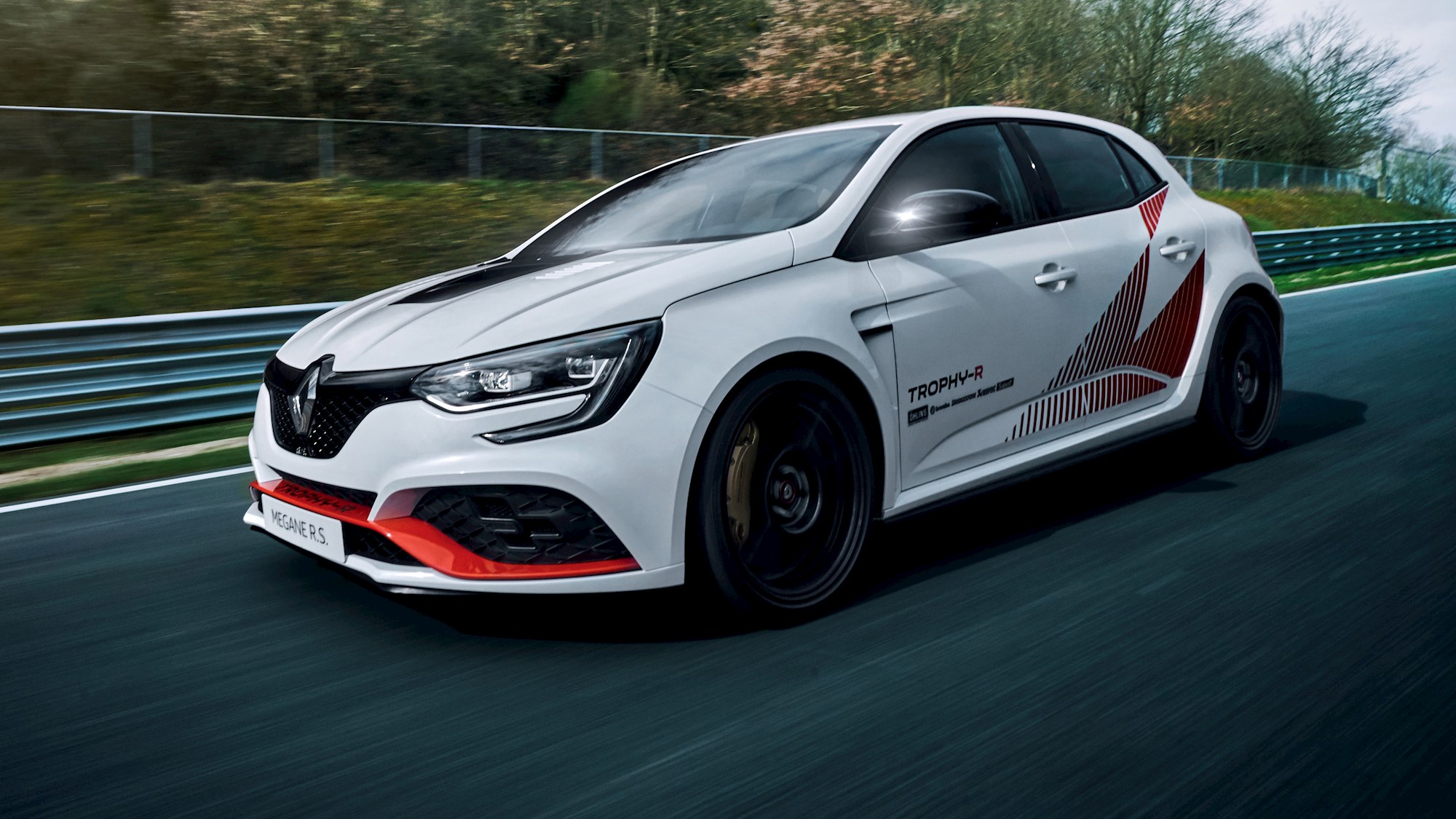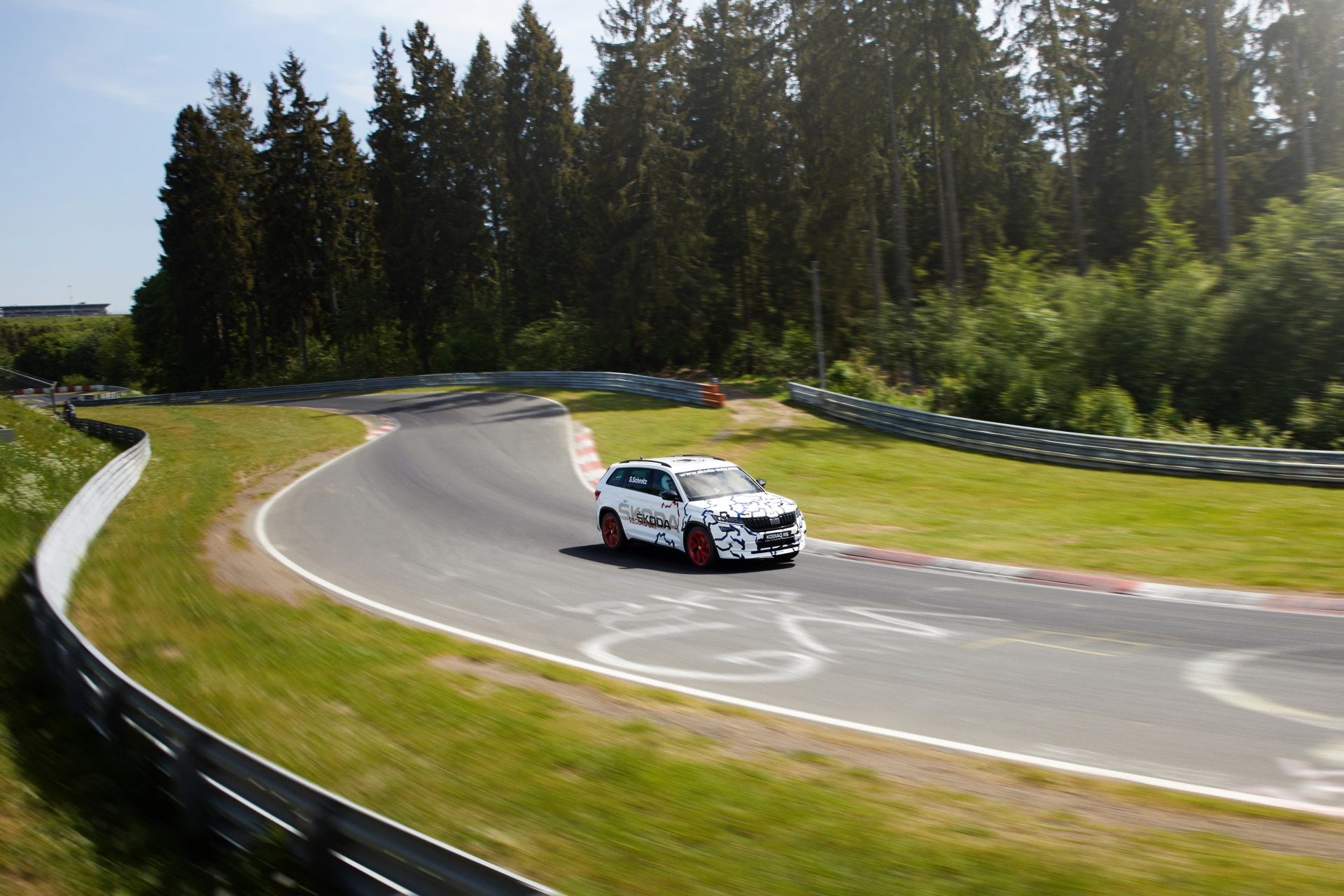The car industry and car enthusiasts alike are obsessed with the Nurburgring Nordschleife circuit, in Nurburg, Germany. It has an illustrious history of top-level motorsport and fast driving generally; it’s also long, known to be tremendously difficult to master and very dangerous.
Many carmakers develop new models at the Nurburgring and a good lap time is acknowledged as a mark of dynamic excellence.
Car enthusiasts of all kinds really connect with the place, not just because it’s in the DNA of so many fast machines, but because it’s also the longest one-way public street in the world. Anybody can roll up, pay the toll and drive. It’s user pays for any Armco damage… not to mention your car.
The track was designed by architect Gustav Eichler and built by 3000 workers from 1925-27. It was conceived as a circuit that would capture the spirit of road races like the Targo Florio.
The original track comprised the Nordschleife (North Loop, 22.835km) and Sudschleife (South Loop, 7.747km) which could be joined to form the Gesamtstrecke (Whole Course, 28.265km).
The first race was on July 18, 1927, for motorcycles. But the cars came out the next day: a supercharged Mercedes-Benz Model S was the Nurburgring’s first four-wheeled winner.
The German Grand Prix was held on the circuit until 1976. Many Formula One drivers complained about the danger; Jackie Stewart nicknamed it The Green Hell following his victory in the 1968 race and Niki Lauda tried to lead a boycott of the race in 1976. He was unsuccessful – and then came his infamous fiery crash at 250km/h on the second lap.
The race was moved to Hockenheimring, but returned to a redesigned track in 1985. The new GP-Strecke replaced the original Sudschleife, which was closed in 1982.

The Nurburgring still hosts top-level racing, but the Nordschleife (now slightly shorter at 20.830km) is also a huge focus for fast road cars.
Lap records are the ultimate brag for production models and there are several categories, including Front-Drive (Renault Megane 275 Trophy-R, 7:40.1), Four-Door (Jaguar XE SV Project 8, 7:18.36) and All Electric (Volkswagen ID.R, 6:05.34).
Skoda was even cheeky enough to create a Seven Seater record in 2018 with the late, great Sabine Schmitz behind the wheel of a Kodiaq RS (9:29.84).

Schmitz, acknowledged as a true ’Ringmeister after more than 20,000 laps and two 24-Hour Race victories, passed away from cancer in 2021 and now has a Nordschleife corner named after her: the Sabine-Schmitz-Curve.
The fastest proper production car to lap the Nordschleife is the Porsche 911 GT2 RS (6:43.3), driven by the same Lars Kern that took the Cayenne Turbo GT to the top of the SUV class.
The fastest car ever is another Porsche, the 919 Hybrid Evo Le Mans racer, which set an incredible time of 5:19.55 in 2018. Watch the video above to get a taste of 369km/h in The Green Hell.














